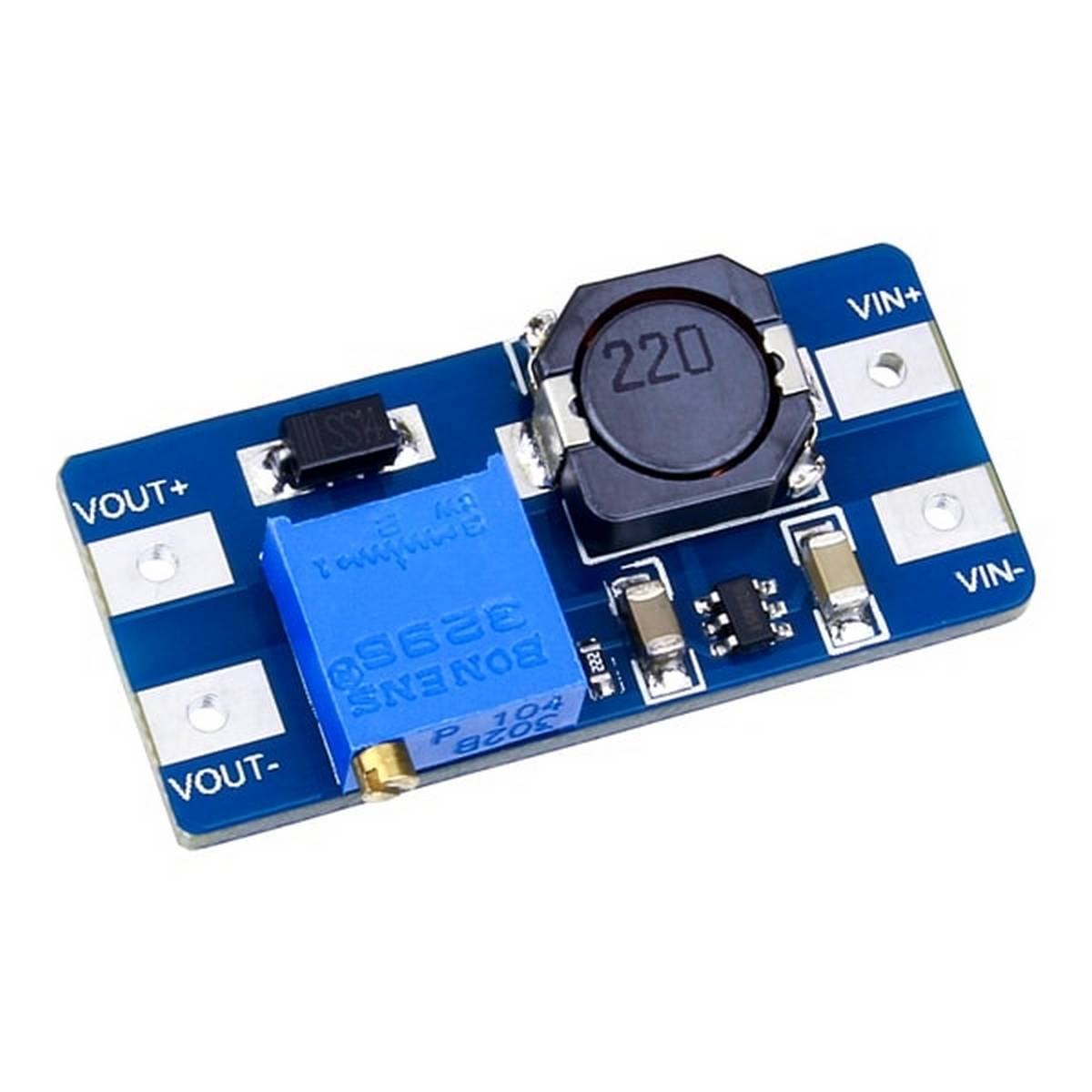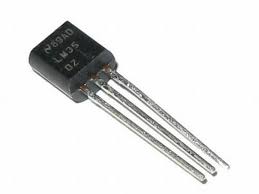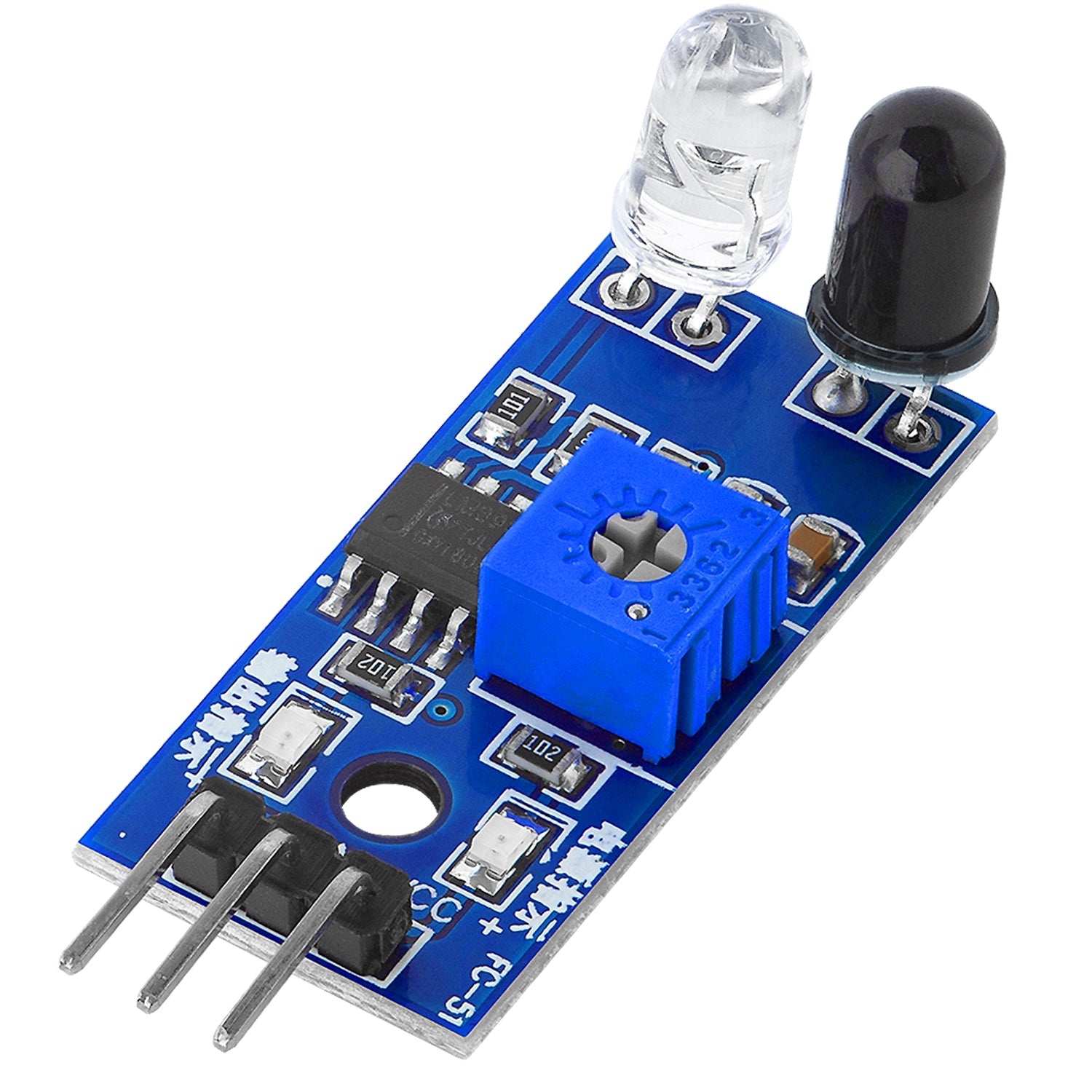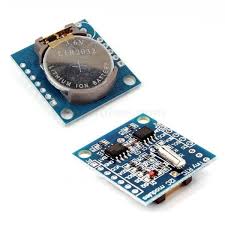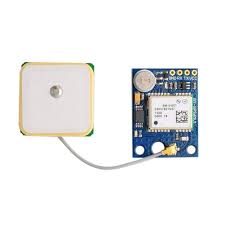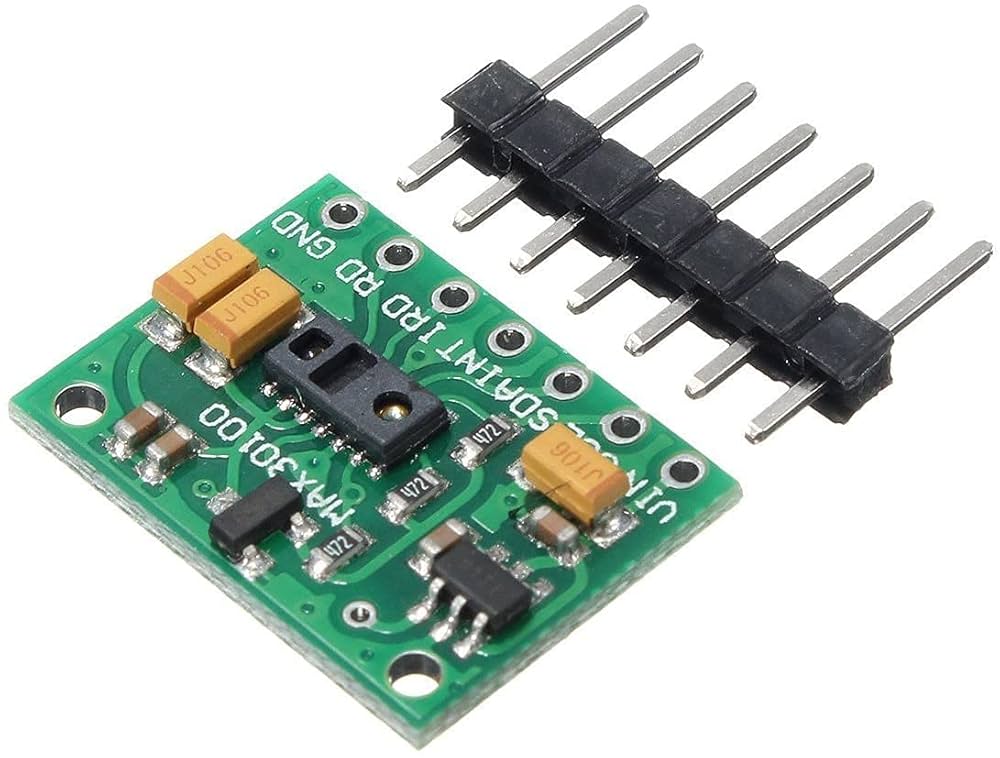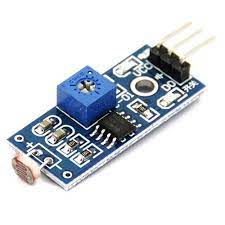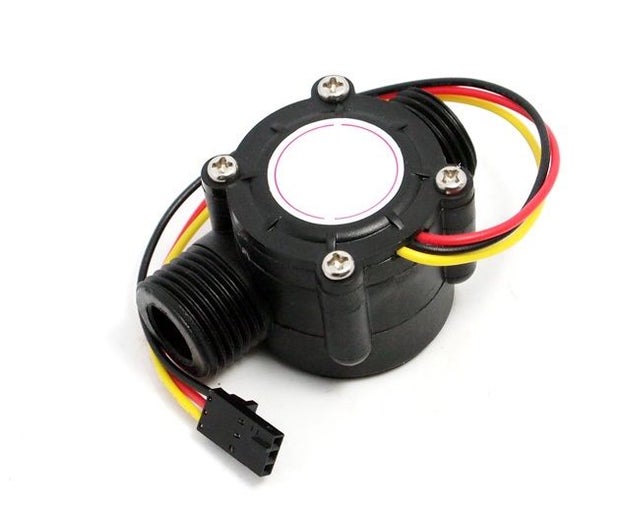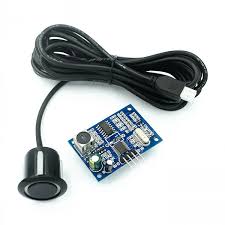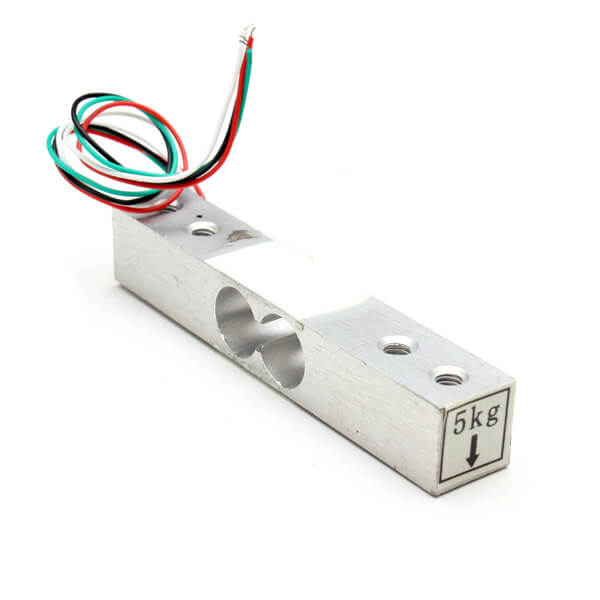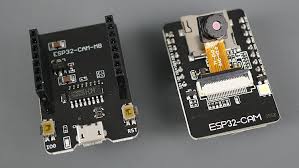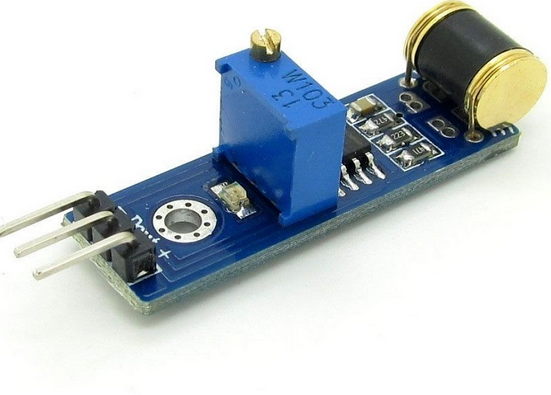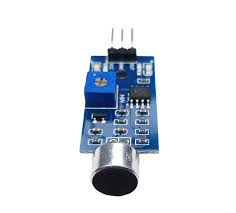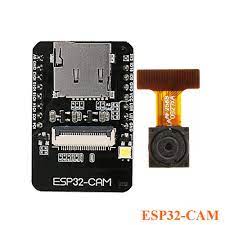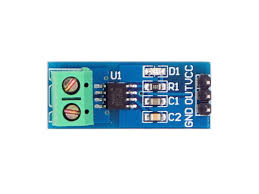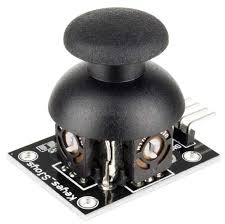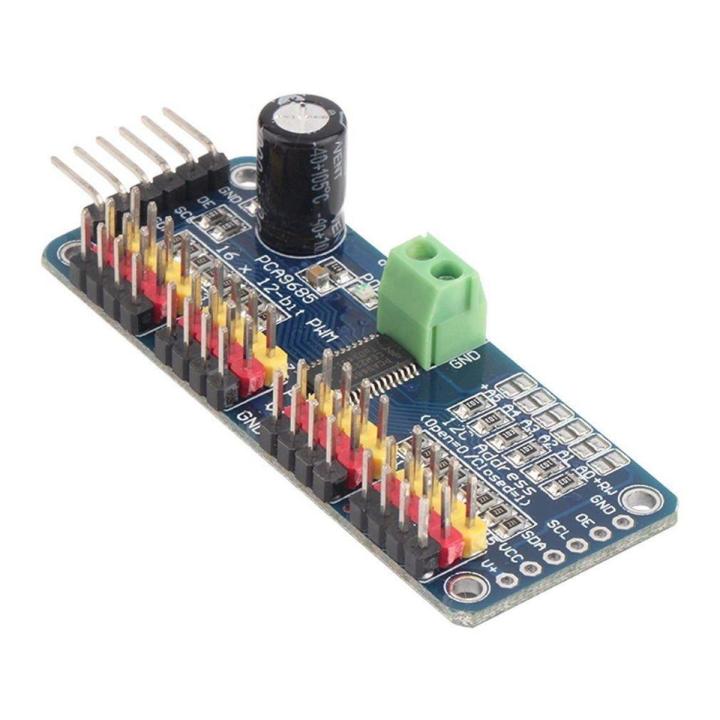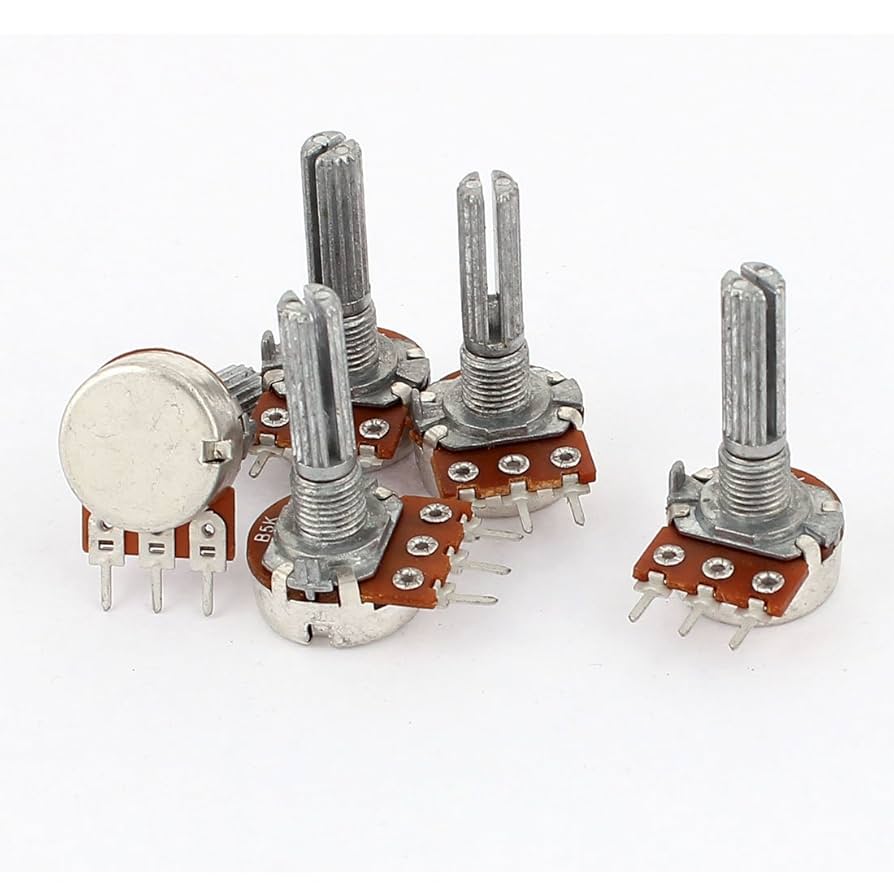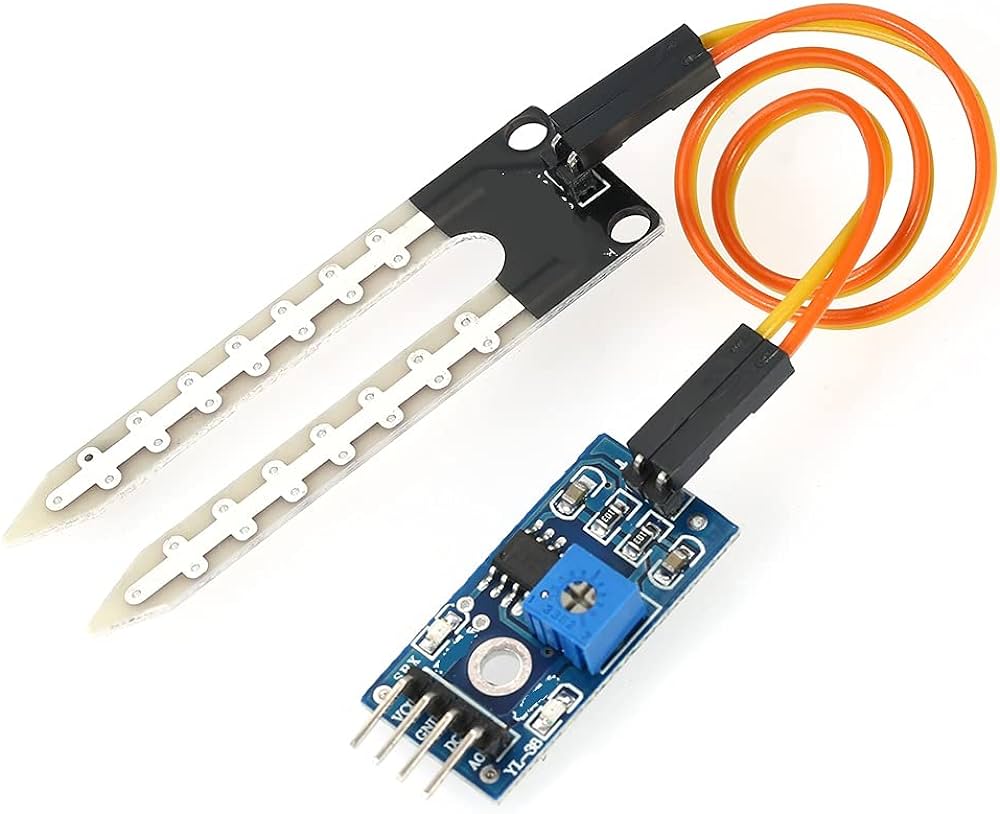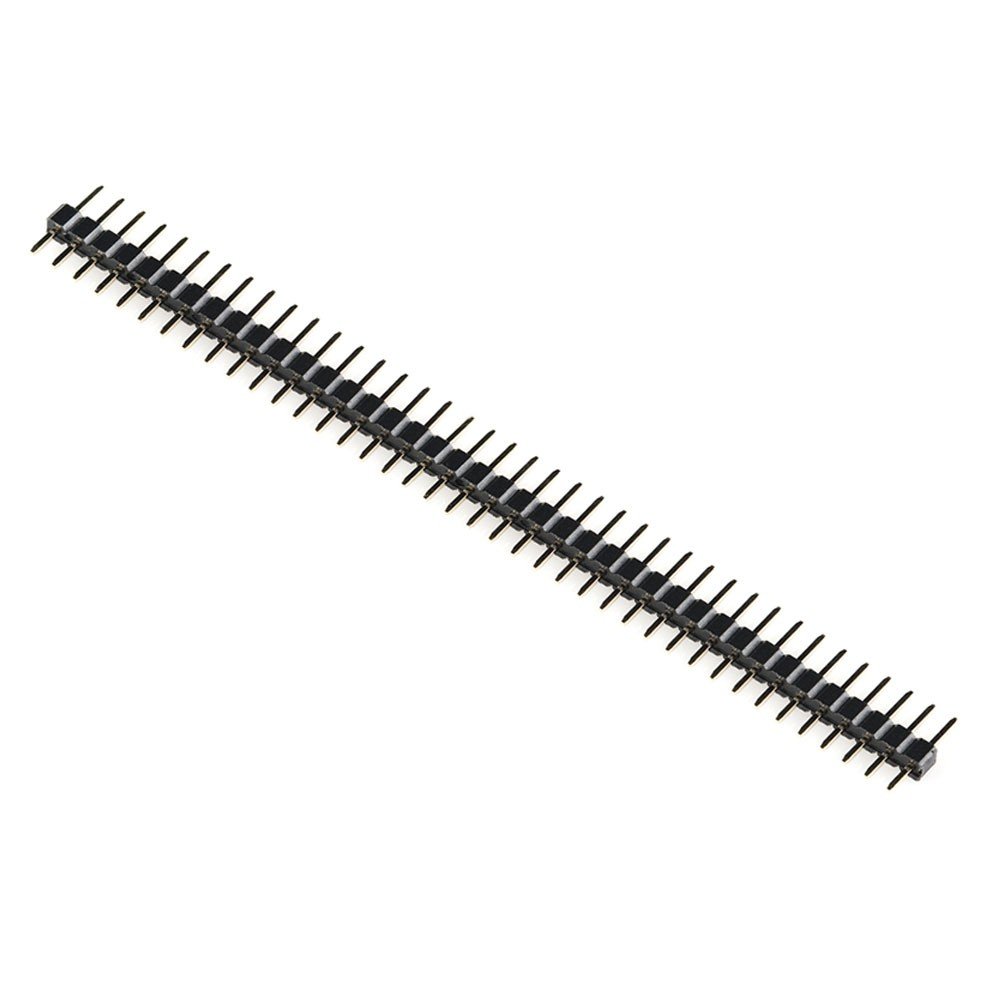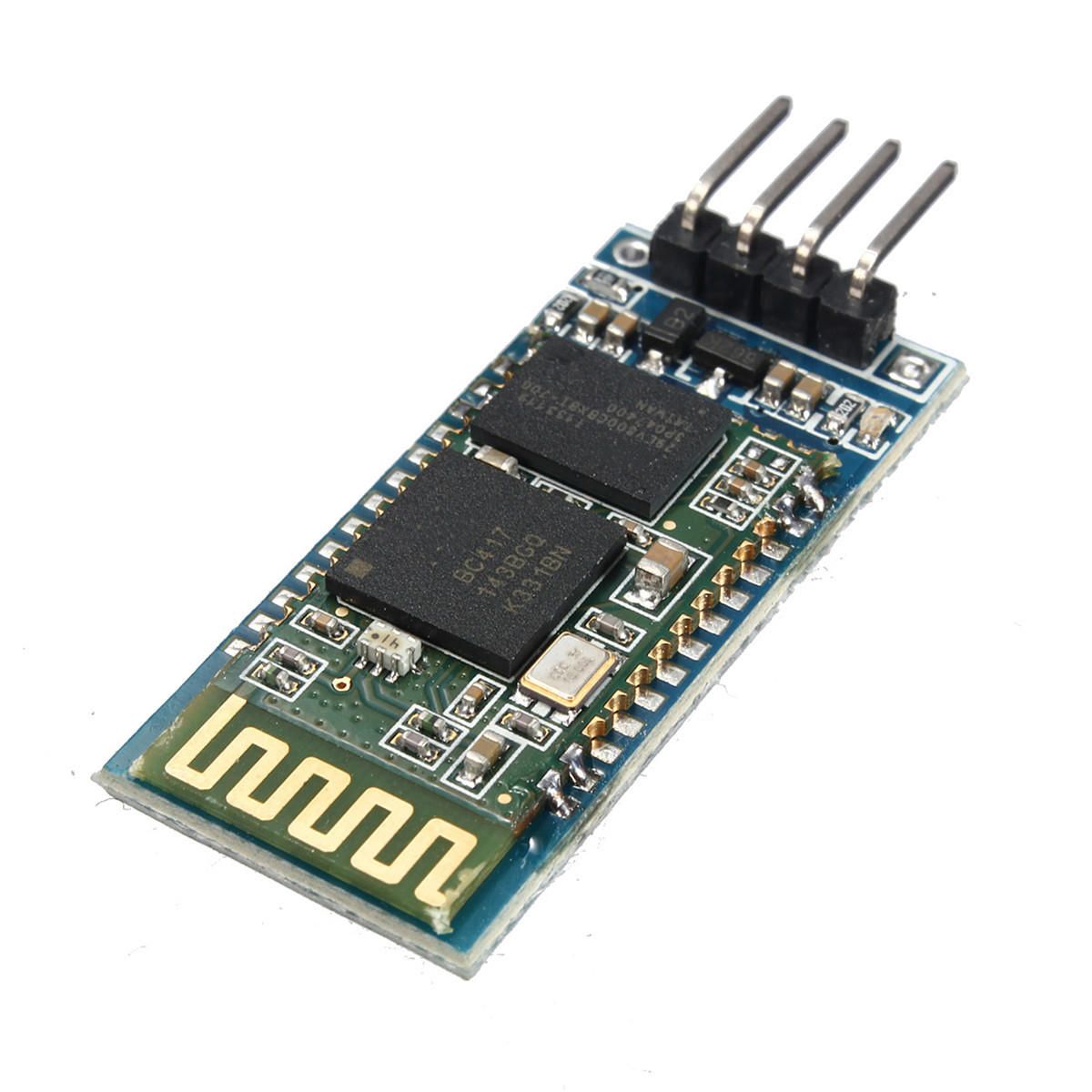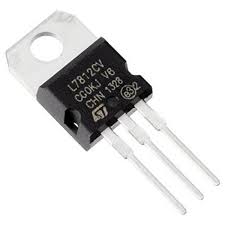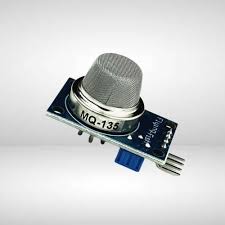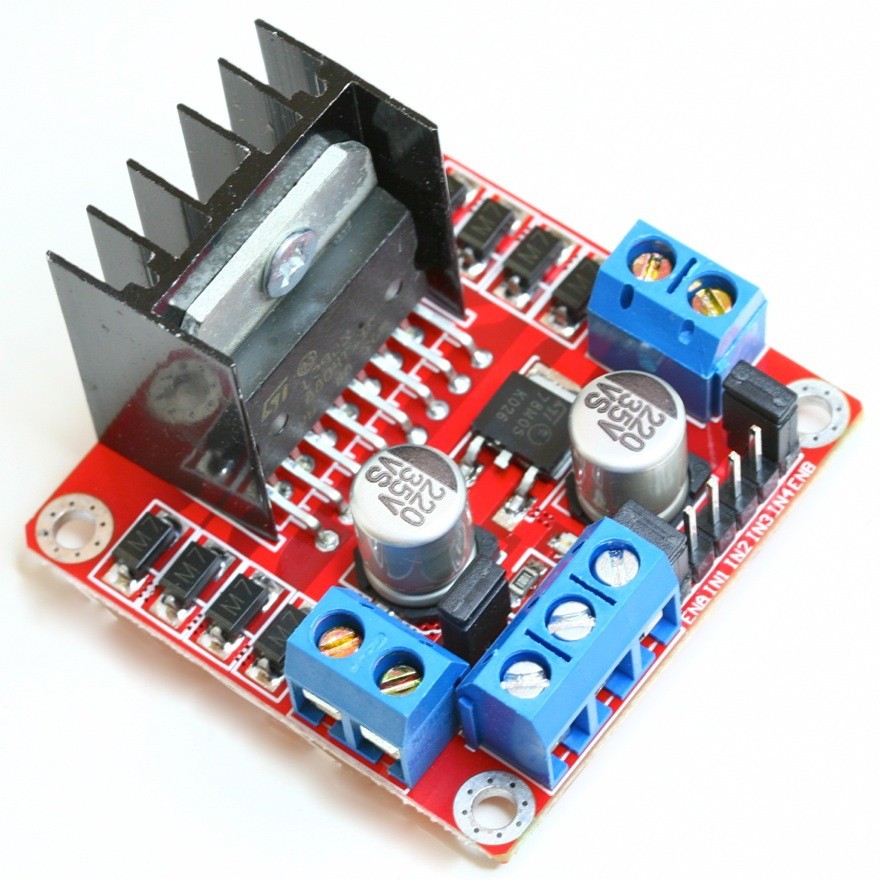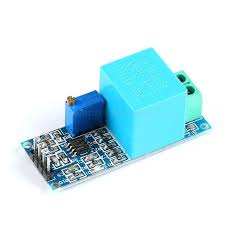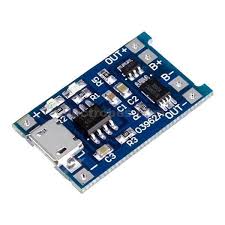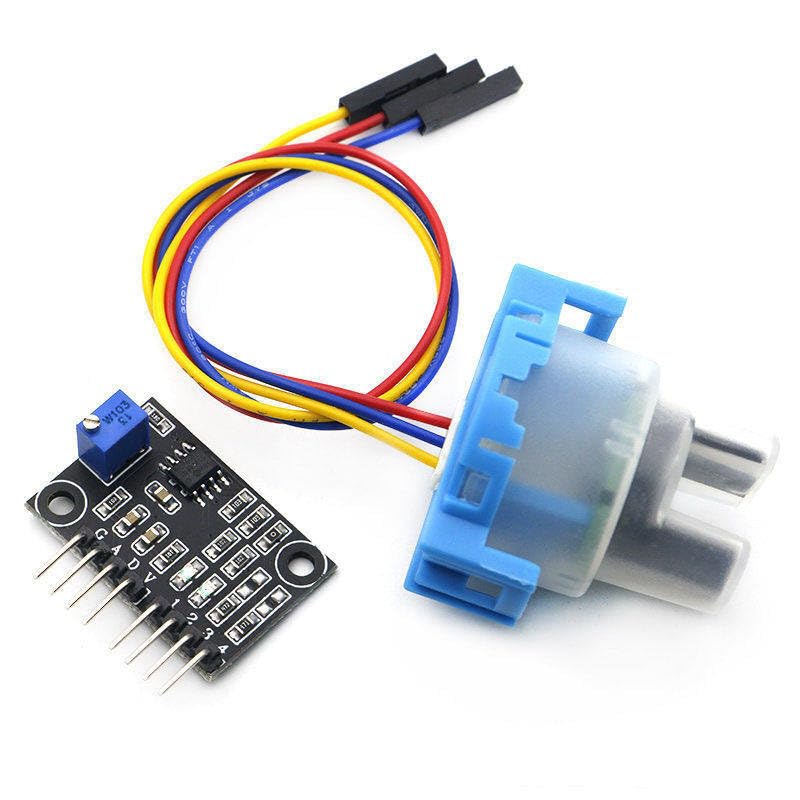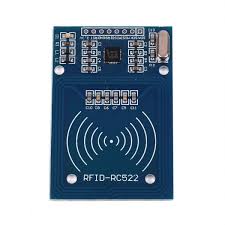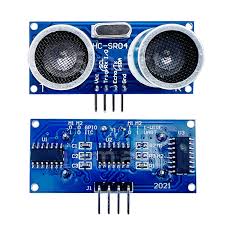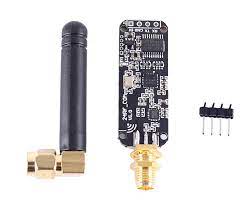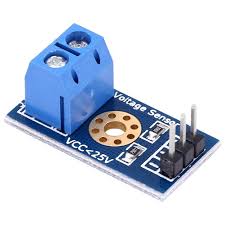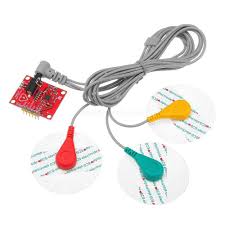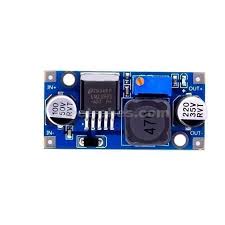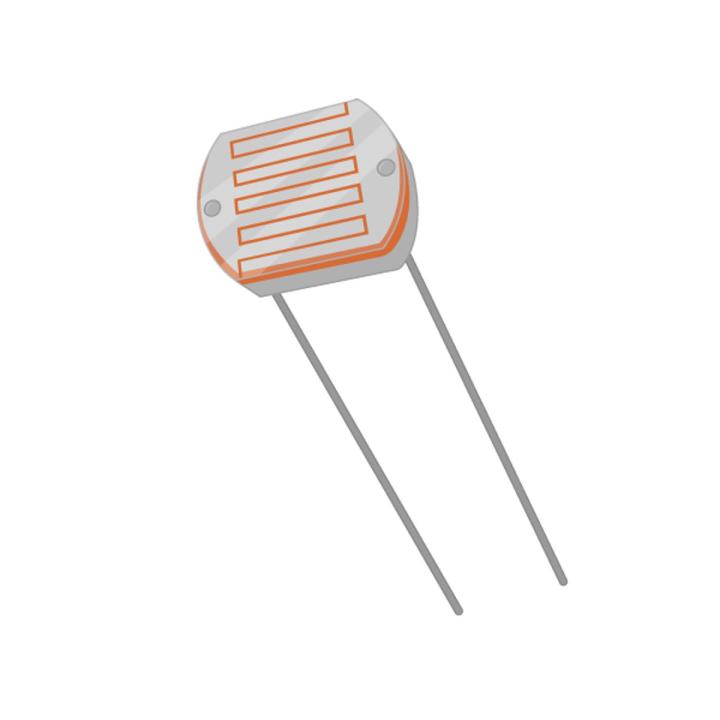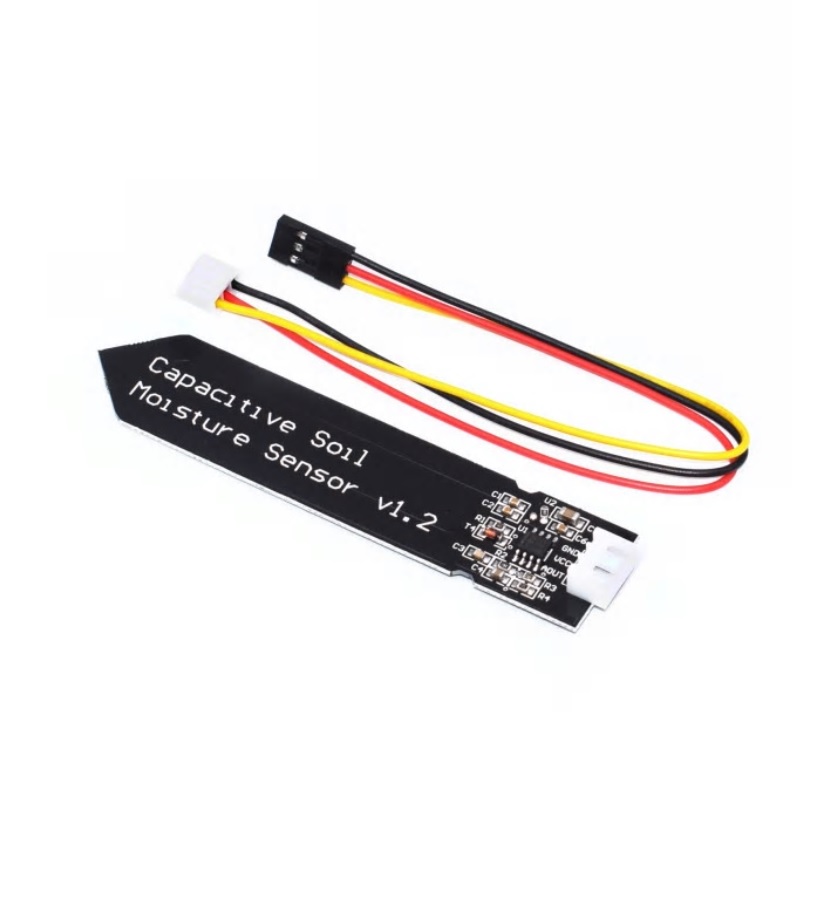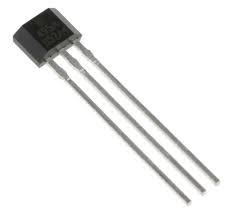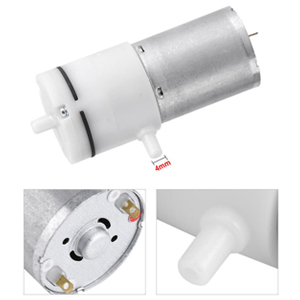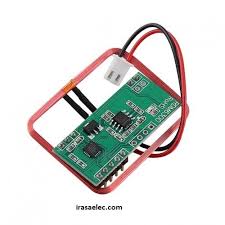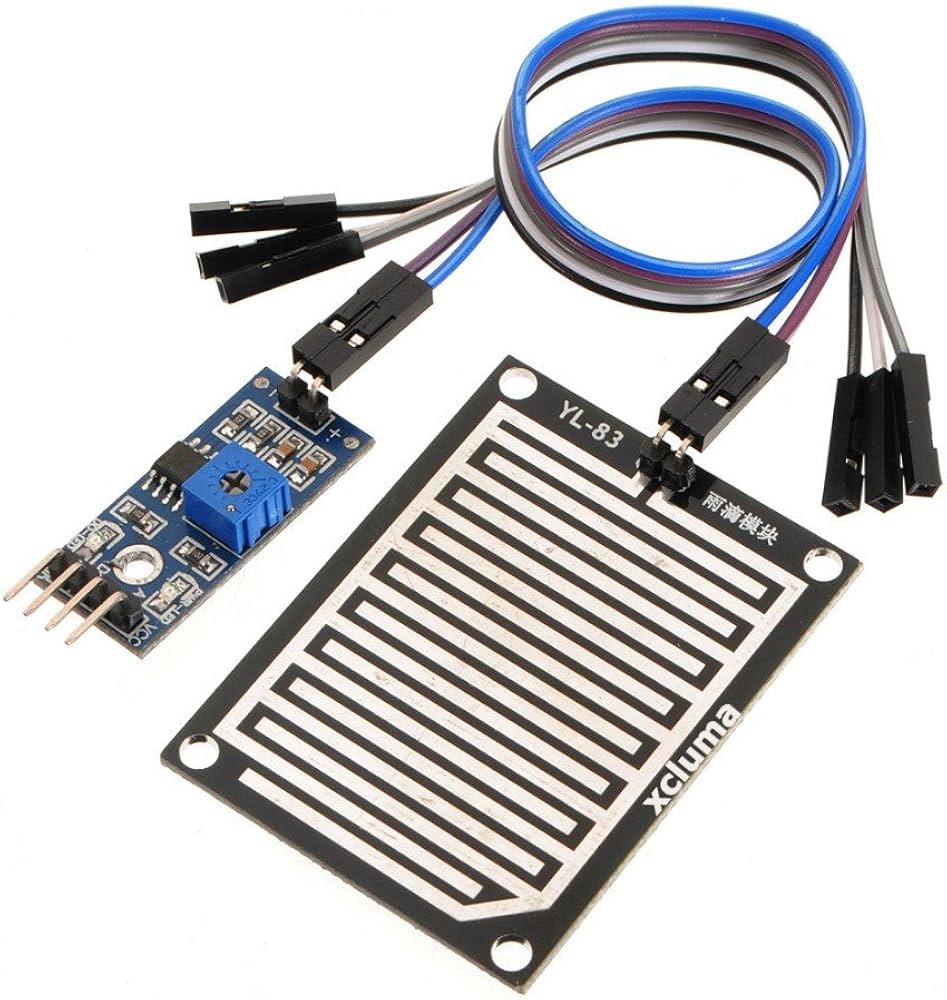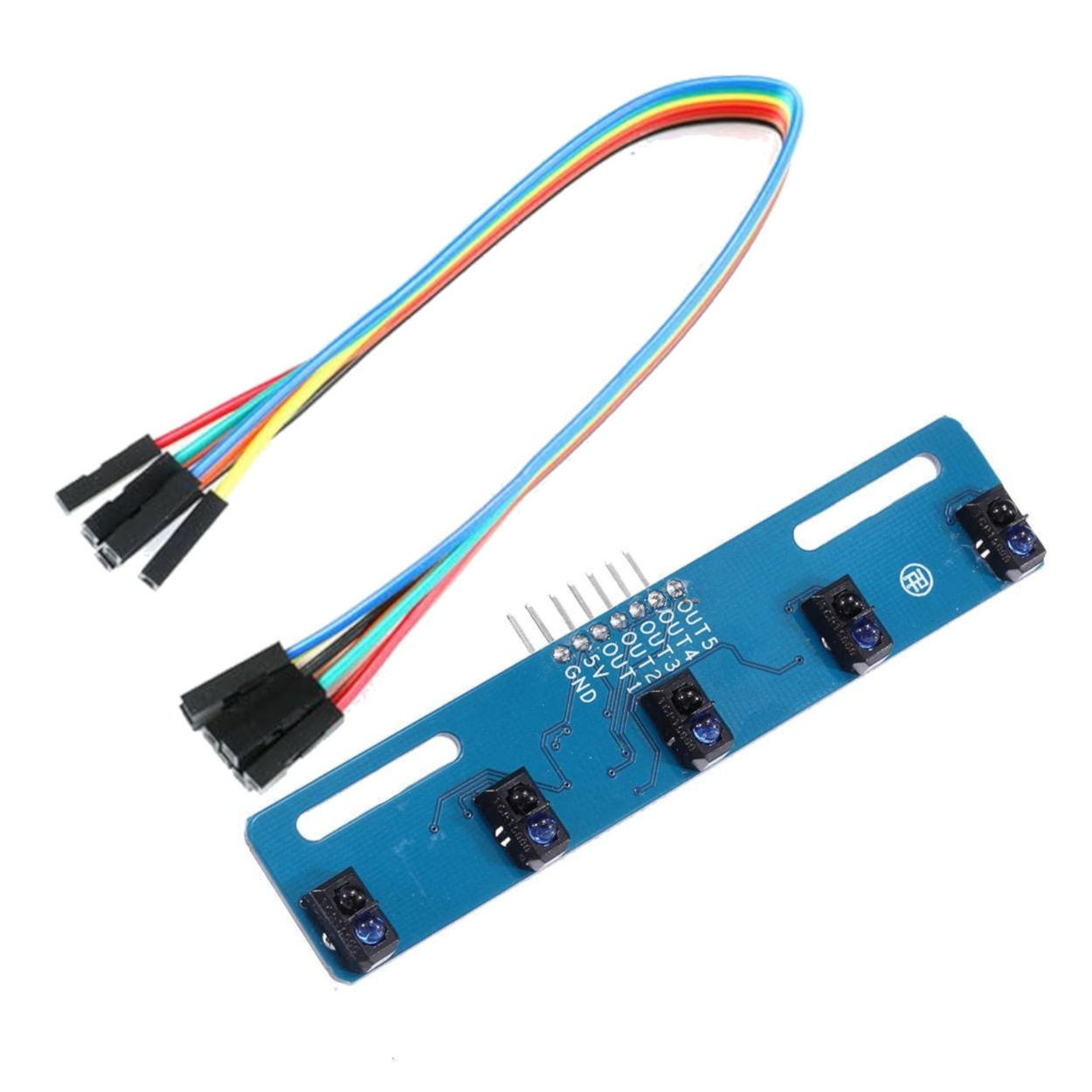Product added to cart!

1 / 3

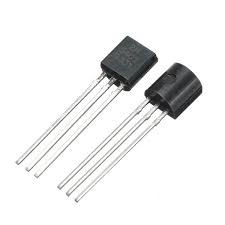
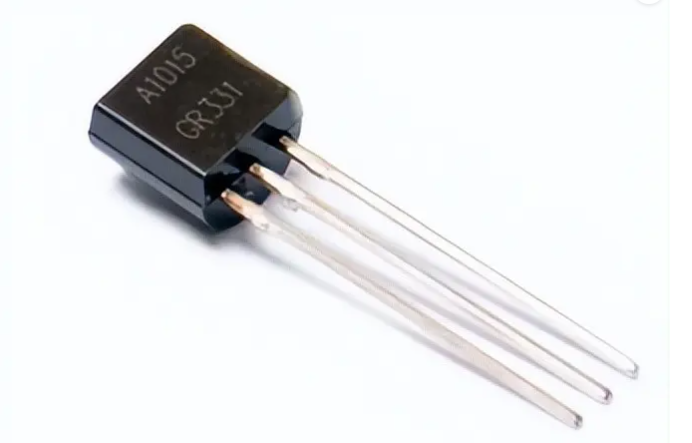
A1015
Sensors
Product ID:
HF771620
Stock:
50 units available
Details:
What is A1015?
The A1015 is a PNP bipolar junction transistor (BJT).
It is mainly used for low...
What is A1015?
The A1015 is a PNP bipolar junction transistor (BJT).
It is mainly used for low-frequency, low-noise amplification and switching applications.
Often seen in audio circuits and small electronic devices.
⚙️ Key Specifications
Type: PNP BJT
Collector–Emitter Voltage (Vceo): –50V
Collector–Base Voltage (Vcbo): –50V
Emitter–Base Voltage (Vebo): –5V
Collector Current (Ic): –150mA (max)
Power Dissipation (Pc): ~400mW
DC Current Gain (hFE): 70–400 (depends on variant: A1015 GR, Y, O)
Transition Frequency (ft): 80MHz (good for audio frequency use)
Package: TO-92
📌 Pin Configuration (TO-92 Package, flat side facing you)
Pin 1 → Emitter (E)
Pin 2 → Collector (C)
Pin 3 → Base (B)
🛠️ Working Principle
Since it’s PNP:
The transistor turns ON when the base is pulled low (more negative than emitter, typically by ~0.7V).
Current flows from emitter → collector.
It can be used as:
Switch → control loads (like relays, LEDs) with small base current.
Amplifier → amplify weak audio or signal inputs.
⚙️ Example Applications
Amplifier (low-noise, audio circuits).
Switching small loads (LEDs, transistors, relays).
Darlington pairs with NPN/PNP combos.
Signal processing in radios, audio players, etc.
🔋 Practical Example
Using A1015 to switch on an LED with a microcontroller:
Emitter (E) → +5V
Collector (C) → One side of LED → Resistor → GND
Base (B) → Connected to microcontroller pin via resistor (10kΩ).
When base is pulled LOW, the transistor conducts, and the LED turns ON
Read more
PKR 300.00

